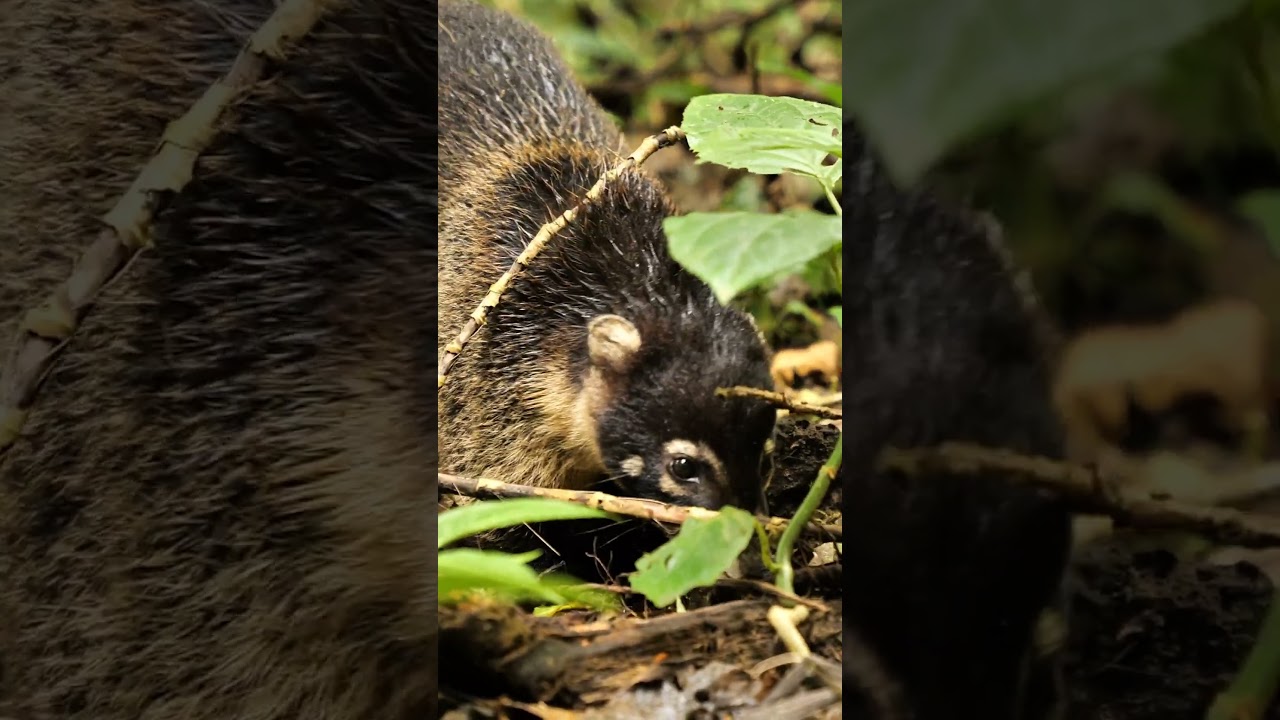– Introduction to coati facts and their importance in ecosystems
– Insights into coati behavior and social structure
– Challenges in coati conservation and the role of zoo management
– The significance of coatis in wildlife education and public engagement
– Future perspectives on coati research and conservation efforts
Coatis, members of the raccoon family, are fascinating creatures that inhabit regions from South America to the southern parts of North America. Often overlooked in discussions about wildlife conservation, coatis play an essential role in their ecosystems, serving as both predators and prey and contributing to seed dispersion through their foraging habits. This article aims to shed light on various aspects of coatis, including their behavior, their challenges in the wild, and the crucial role of conservation initiatives in ensuring their survival.
Coatis exhibit a diverse range of behaviors that are crucial for their survival in the wild. These animals are primarily diurnal, meaning they are active during the day. They have a unique social structure; while females and their offspring live in groups called bands, adult males are typically solitary. These bands can consist of up to 30 individuals, providing strength in numbers against predators. Coatis are also known for their exceptional sense of smell, which they utilize to locate fruit and insects in the dense forest underbrush. Their nimble fingers allow them to tear apart wood logs or dig into the soil to find their meals.
However, the survival of coatis is continually threatened by habitat destruction, hunting, and the pet trade. Deforestation for agricultural expansion and urban development has led to significant loss of their natural habitat. Coatis are also sometimes hunted for meat or captured to be sold as exotic pets. Conservation efforts, including habitat preservation and establishing protected areas, are critical to safeguard these creatures. Furthermore, zoos play an indispensable role in this mission, providing refuge to coatis and contributing to research and breeding programs aimed at understanding and sustaining their populations.
Zoos are also vital for wildlife education and public engagement concerning coatis. Through interactive exhibits and educational programs, zoos help raise awareness about the plight of coatis and the importance of biodiversity conservation. These initiatives foster a connection between people and wildlife, encouraging the public to support conservation efforts. Moreover, zoos serve as living laboratories where scientists can study coati nutrition, behavior, and reproduction in controlled settings, gaining insights to guide wild population management and recovery strategies.
Looking to the future, advancing coati research and conservation will require a collaborative effort among scientists, conservationists, and the public. Genetic studies, for example, provide new information about coati population dynamics and can aid in developing effective conservation strategies. Climate change poses an additional challenge, as shifts in temperature and precipitation patterns could impact coati habitats and food availability. By addressing these threats and increasing our understanding of coatis, we can develop more effective strategies for their preservation.
Our knowledge and actions today will shape the future for coatis and the ecosystems they inhabit. As these creatures face increasing threats, we must support conservation and research efforts to secure their place in the natural world. Through education, public engagement, and dedicated conservation work, there is hope for coatis and the rich biodiversity they represent.
*****
Source Description

